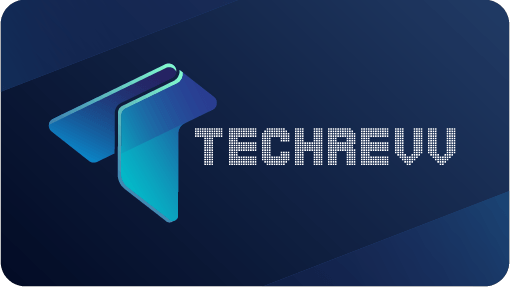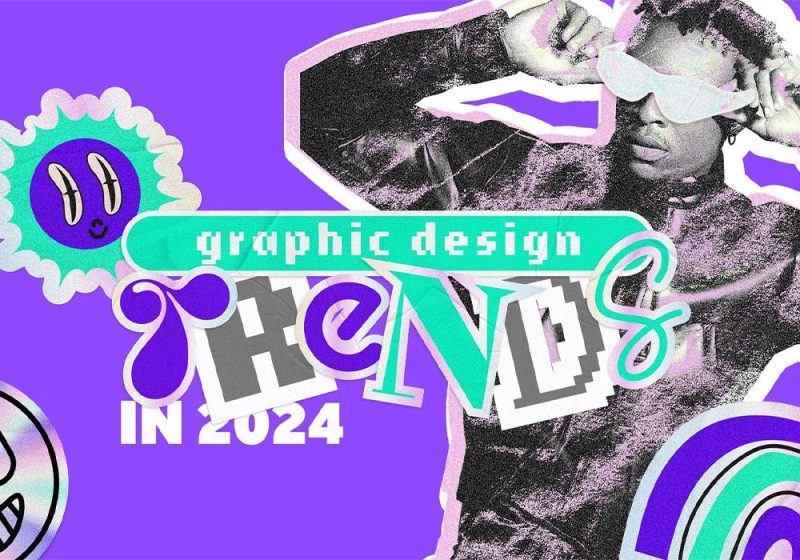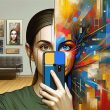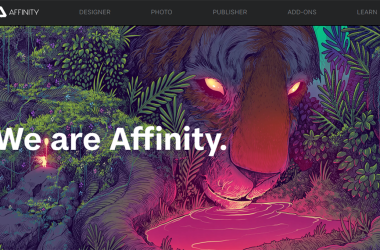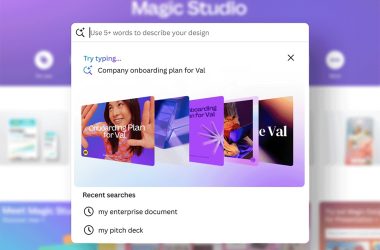Welcome, design enthusiasts! Staying ahead of the curve is crucial as we step into the ever-evolving realm of graphic design. In 2024, the design landscape is set to witness a remarkable shift with innovative trends that redefine visual storytelling. Let's dive into the future and explore the 10 graphic design trends poised to dominate this year.
3D Realism Takes Center Stage:
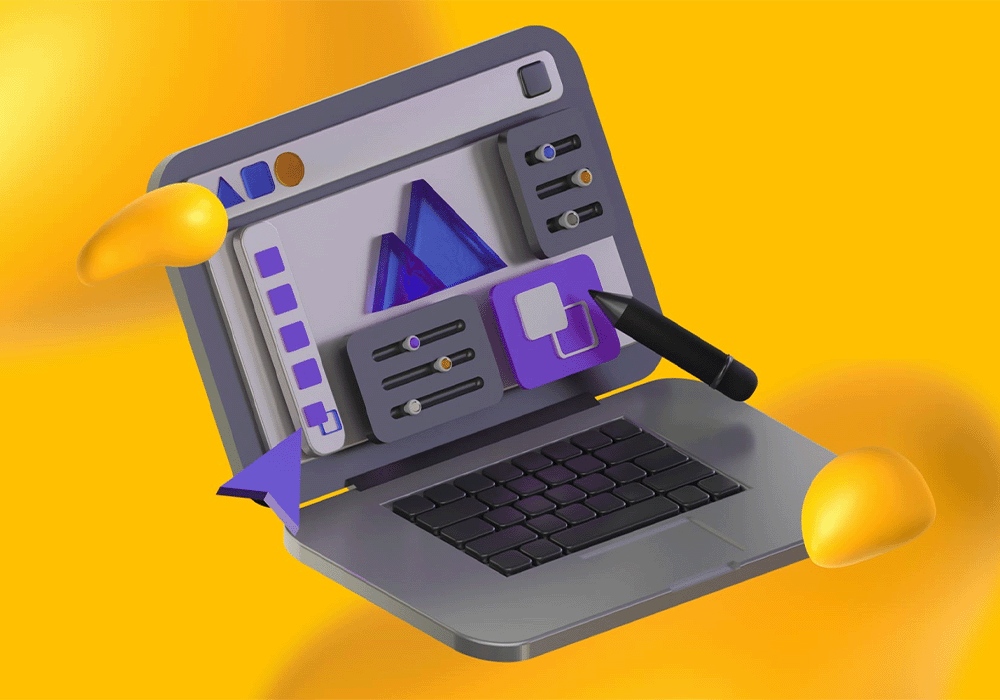
Embrace the third dimension as 3D realism becomes the crown jewel of graphic design in 2024. From lifelike product renderings to immersive website experiences, designers will leverage advanced technologies to create visuals that blur the line between reality and imagination.
Nostalgic Futurism:
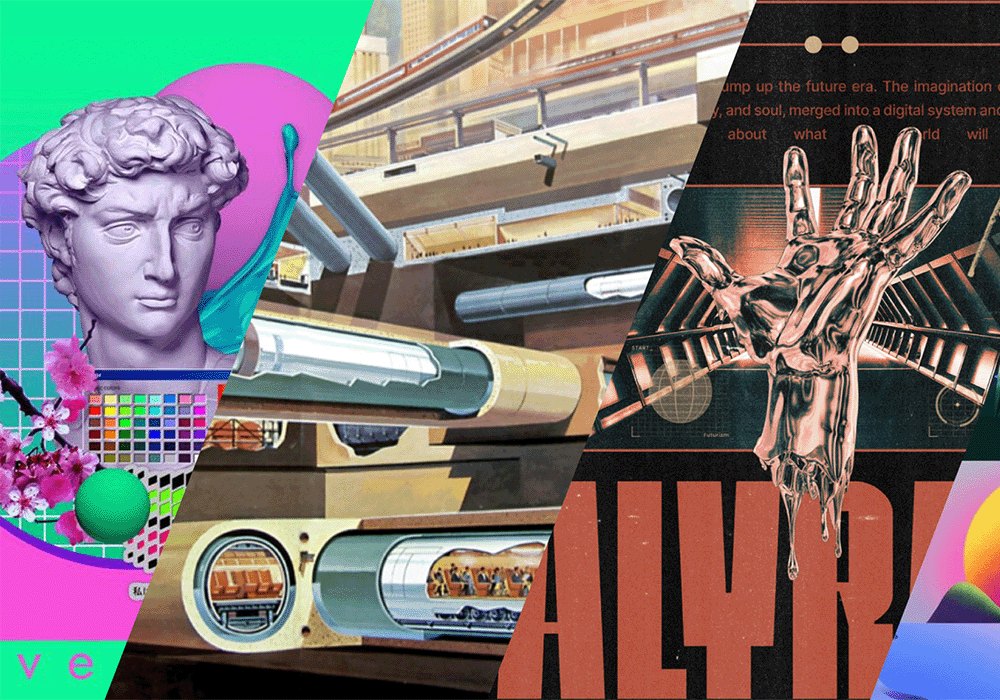
A harmonious blend of retro aesthetics and futuristic elements will transport us to a world where the past and future coexist. Expect vibrant color palettes, futuristic typography, and nostalgic nods to design elements from various eras, creating a unique and captivating visual language.
Interactive Infographics:
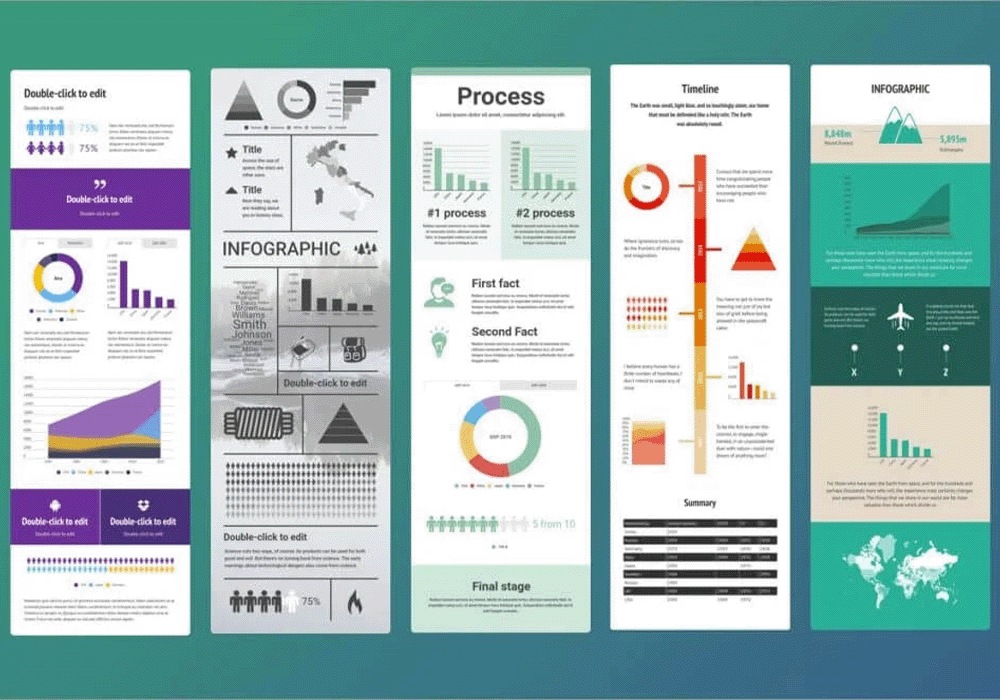
Static infographics are making way for dynamic, interactive counterparts. Graphic designers will craft engaging, user-friendly infographics that allow audiences to explore information more effectively and personally. This trend aligns with the growing demand for interactive and engaging content.
Sustainable Design Practices:
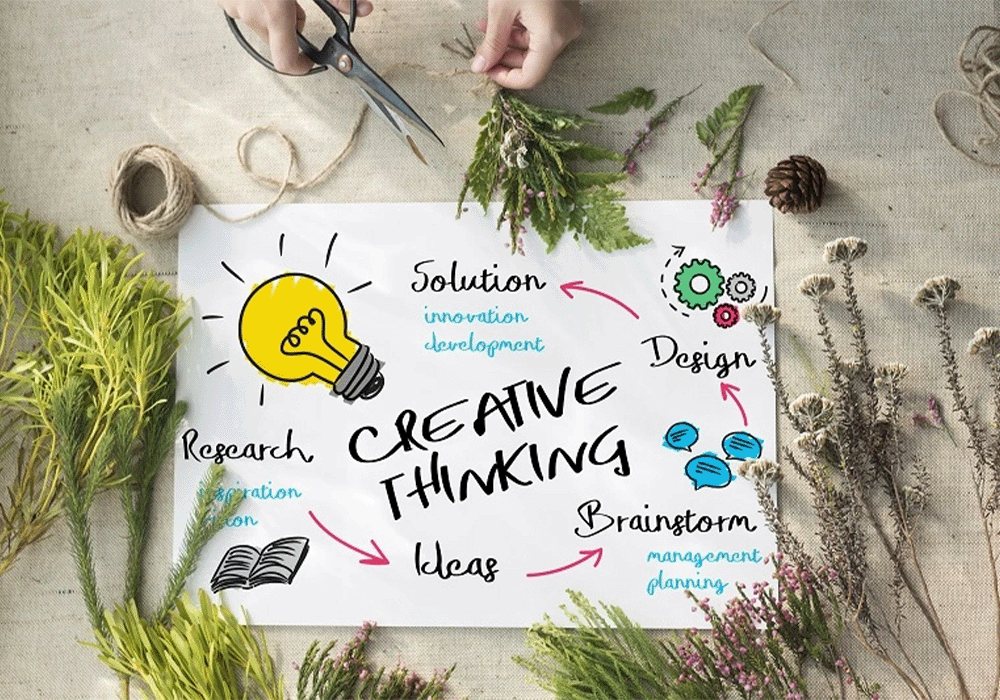
In an era where sustainability is paramount, graphic designers champion eco-friendly design practices. Expect to see a surge in the use of recycled materials, earthy color palettes, and designs that convey a strong message about environmental consciousness.
Augmented Reality (AR) Integration:
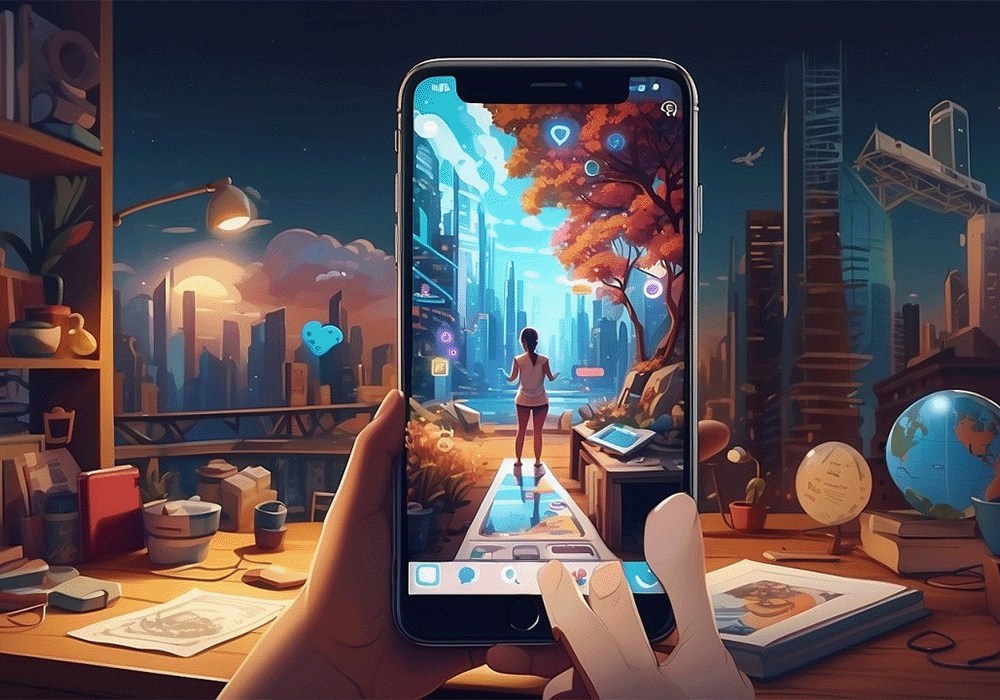
As AR technology becomes more accessible, graphic designers will incorporate augmented reality elements. This trend opens up exciting possibilities for interactive print materials, packaging, and digital experiences that bridge the gap between the physical and digital worlds.
Maximalism Makes a Comeback:
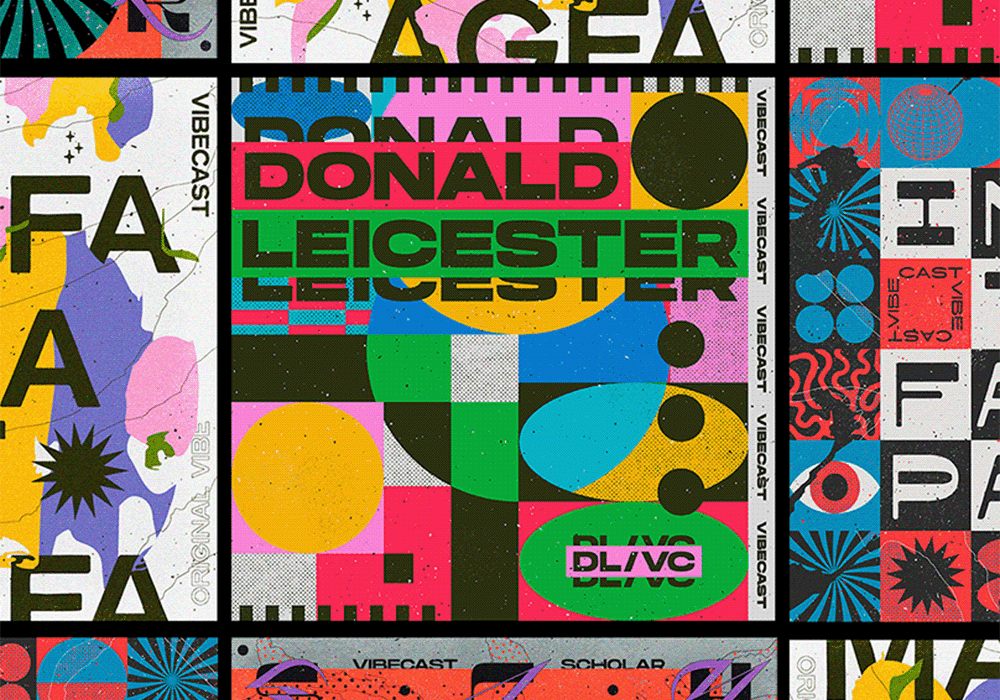
Minimalism has had its time in the spotlight, but 2024 heralds the return of maximalism. Bold colors, intricate patterns, and extravagant details will take center stage, allowing designers to create visually rich and attention-grabbing compositions.
Neon Noir Typography:
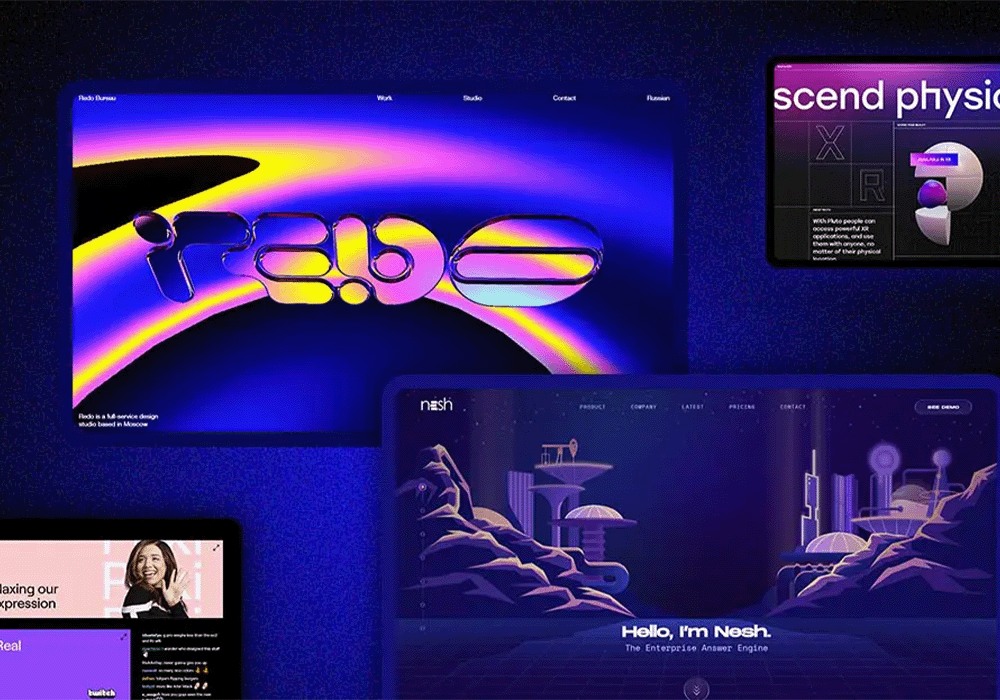
Typography gets a futuristic makeover with the rise of Neon Noir. Expect bold, neon-lit typefaces against dark, atmospheric backgrounds, creating a visually striking contrast that captures the essence of cyberpunk aesthetics.
Emphasis on Accessibility:

Inclusivity takes the forefront as designers prioritize creating content that is accessible to all. This involves incorporating accessible color palettes and legible fonts and designing with diverse audiences. Accessibility becomes an integral part of the design process.
Generative Art and AI Collaborations:
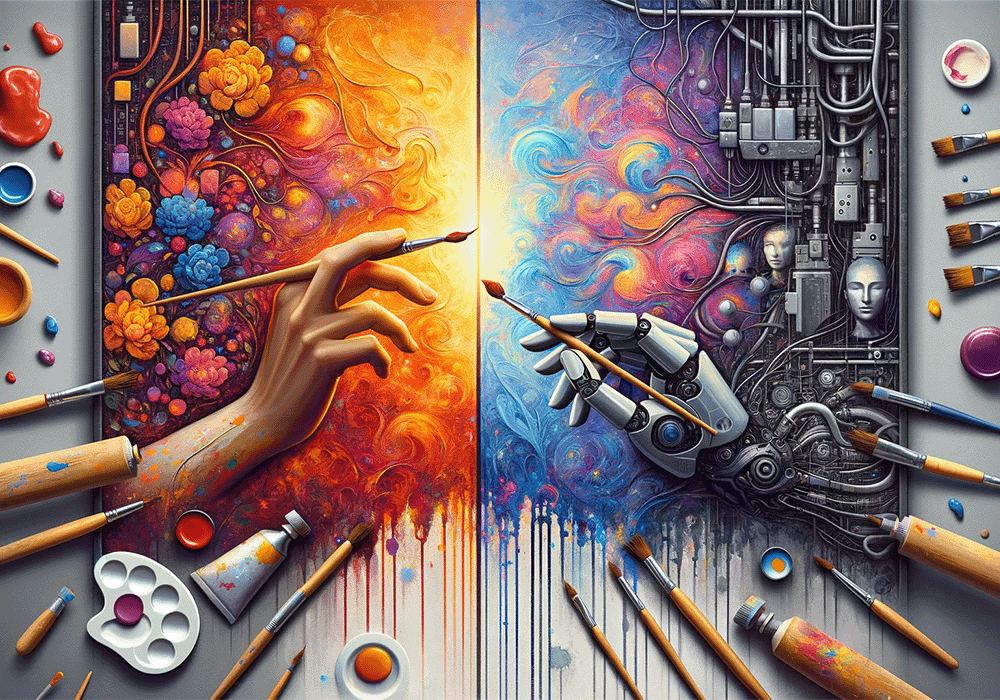
Graphic designers are collaborating with artificial intelligence to produce mesmerizing generative art. Algorithms will play a significant role in creating unique and unpredictable visuals, pushing the boundaries of creativity and challenging traditional design norms.
Immersive Social Media Graphics:
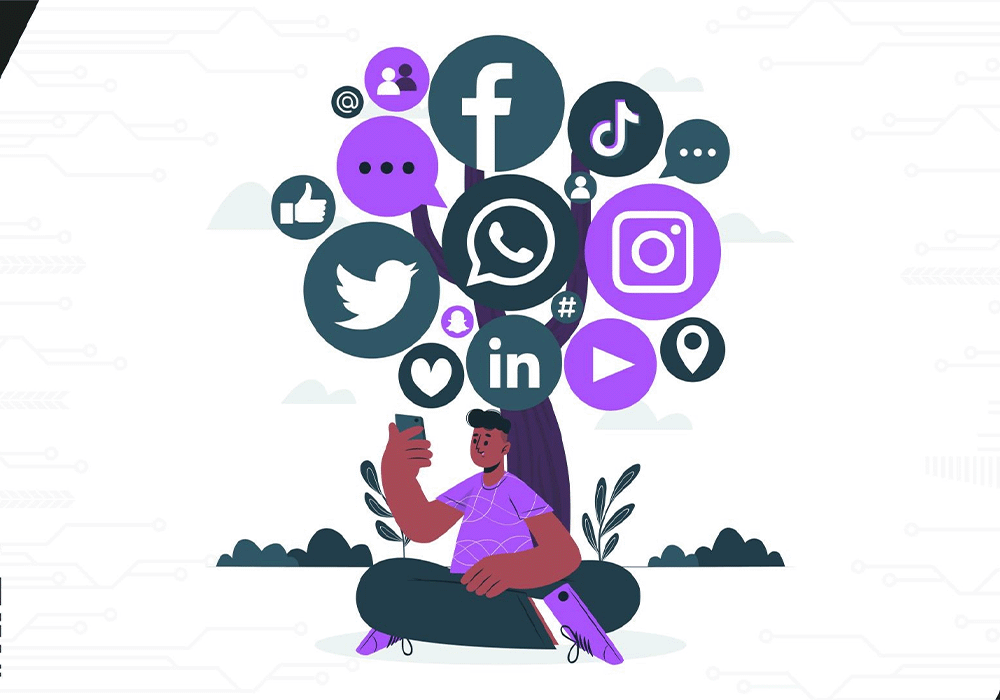
With social media platforms constantly evolving, designers will focus on creating immersive graphics that capture attention in the fast-scrolling digital landscape. Expect visually dynamic content, animated graphics, and creative use of space to stand out in the crowded social media.
As we embark on the journey through 2024, the graphic design landscape promises to be thrilling. From 3D realism to nostalgic futurism, these trends showcase the industry's commitment to innovation and creative exploration. Stay inspired, embrace change, and let your designs shape the visual narratives of the future!
Will They Spell The End For Old Technologies?
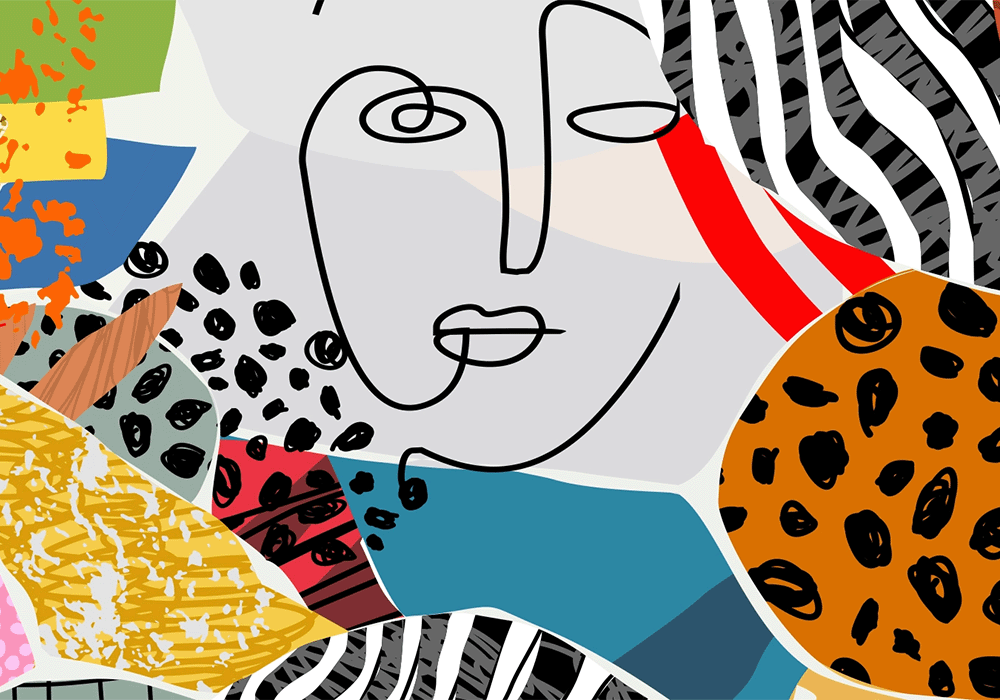
The graphic design landscape is constantly in flux, driven by technological advancements and ever-changing creative preferences. As we delve into the futuristic trends dominating 2024, a pertinent question arises: will these trends mark the demise of old technologies? This blog will explore whether the emerging design trends will sound the death knell for traditional graphic design methods and technologies.
3D Realism vs. Traditional Illustration:
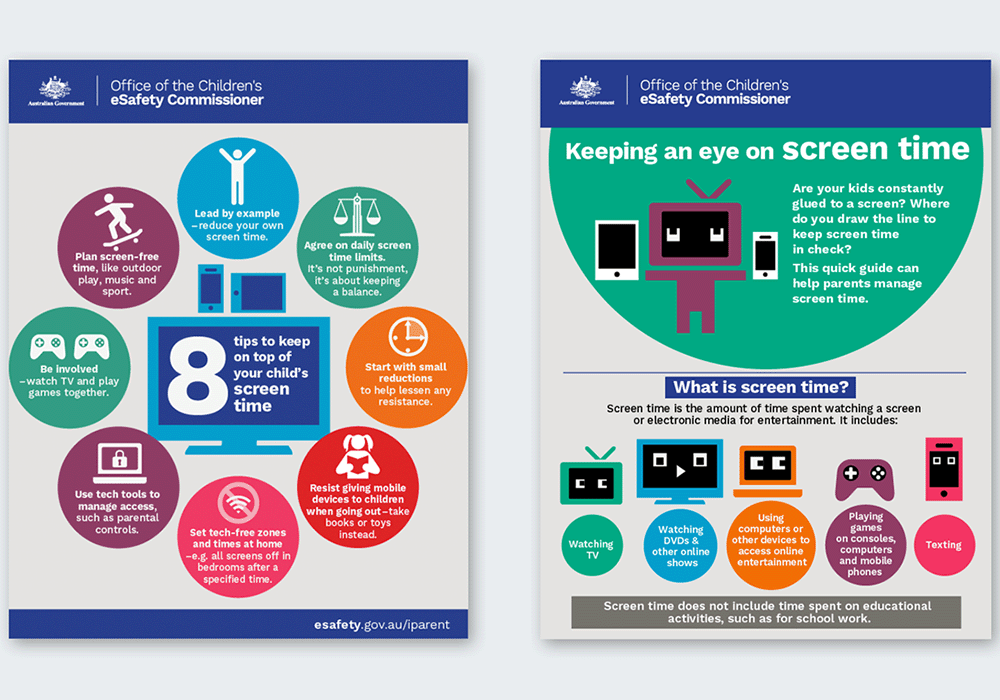
The surge in 3D realism might prompt some to believe that traditional illustration methods are on extinction. While 3D design is gaining prominence, traditional illustration techniques still hold their own charm and value. Artists and designers often find a harmonious balance between these two worlds, combining the precision of 3D with the organic touch of traditional illustration.
Nostalgic Futurism vs. Classic Design Principles:
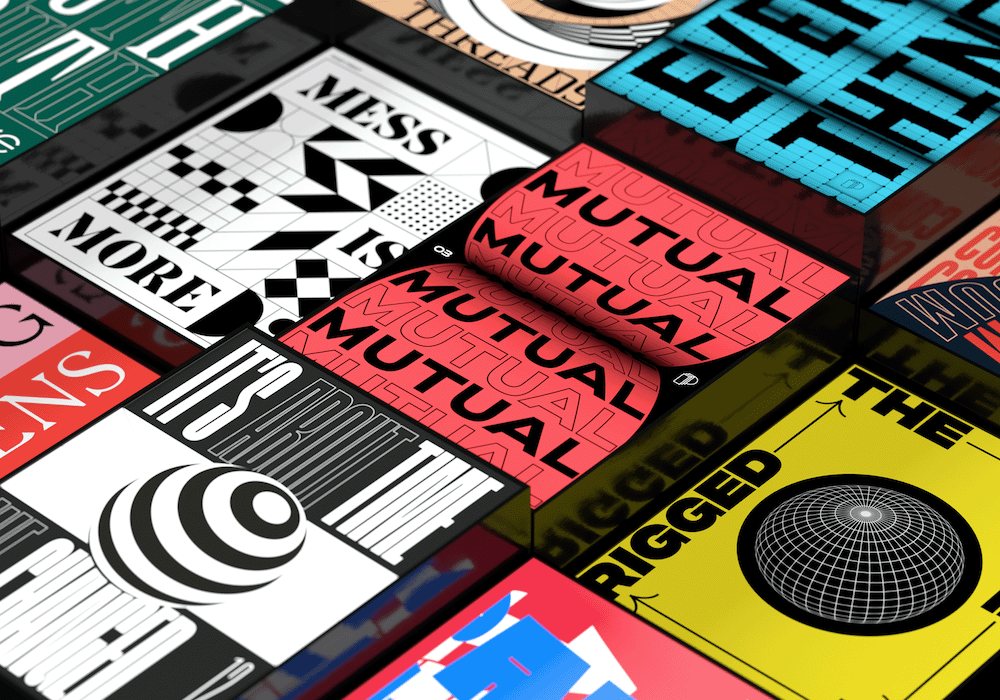
The resurgence of nostalgic futurism doesn't necessarily mean a rejection of classic design principles. In fact, designers often draw inspiration from the past while infusing modern elements. Classic design elements, such as grid systems and balanced compositions, continue to coexist with futuristic aesthetics, showcasing the adaptability and timelessness of traditional design approaches.
Interactive Infographics vs. Static Visuals:
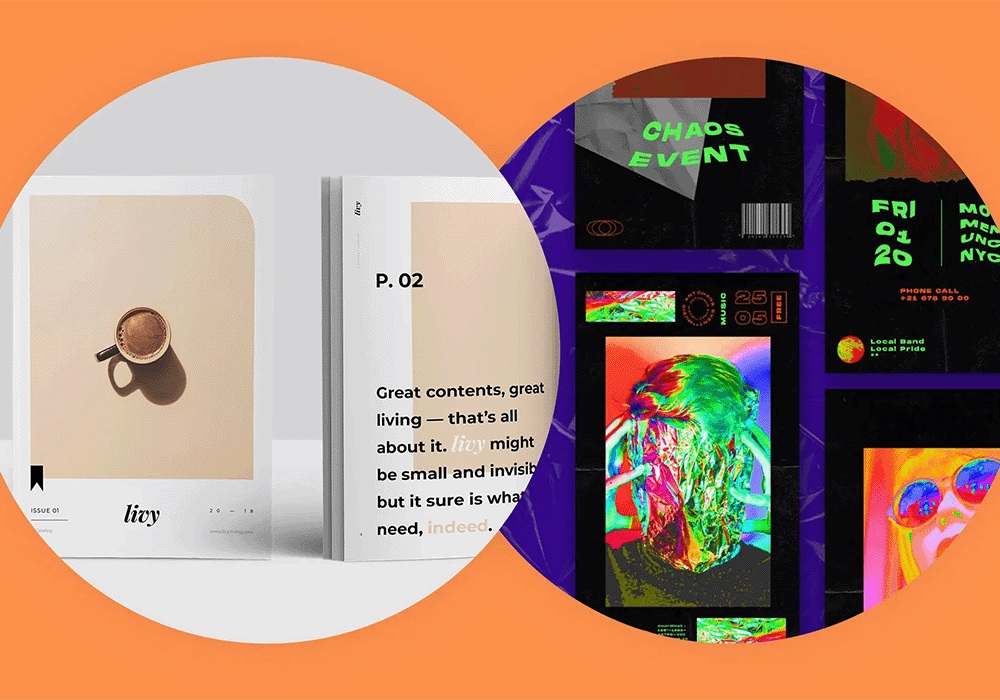
The rise of interactive infographics may challenge the prevalence of static visuals, but they still need to signify their complete demise. Static visuals have their place in conveying concise information, while interactive infographics cater to a more dynamic and engaging audience. The coexistence of these two approaches allows designers to choose the most suitable method based on the content and context.
Augmented Reality (AR) vs. Conventional Graphic Design:
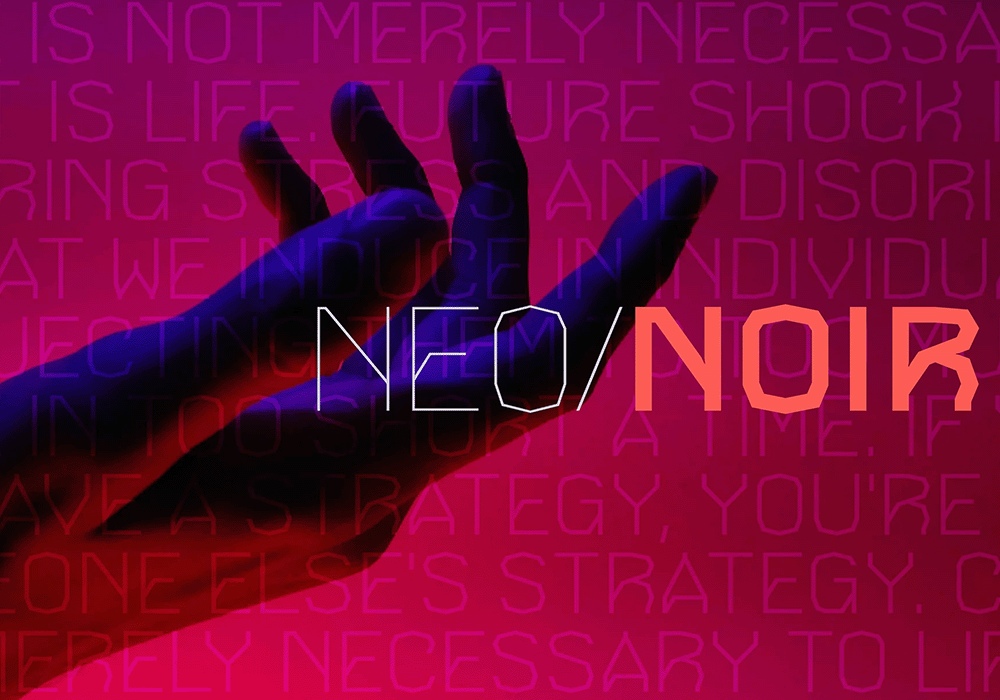
Integrating AR into graphic design doesn't necessarily render traditional methods obsolete. Instead, it expands the possibilities, offering a new dimension to storytelling. Traditional graphic design will continue to play a vital role in print materials and non-AR experiences, proving that diversity in design tools is a strength rather than a weakness.
Maximalism vs. Minimalism:
As maximalism stages a comeback, minimalism doesn't fade away. Both design philosophies have dedicated followers, and their choice often depends on the message and audience. Minimalism's simplicity remains powerful in certain contexts, while maximalism thrives in creating visually rich and expressive compositions.
Neon Noir Typography vs. Classic Fonts:
The rise of Neon Noir typography doesn't mean classic fonts are obsolete. Instead, it introduces diversity in typographic choices. Traditional fonts remain timeless and effective, while Neon Noir typography adds a futuristic flair for specific applications. The coexistence of these styles showcases the versatility of graphic design.
Bottom Line
In the dynamic world of graphic design, the emergence of new trends doesn't necessarily signal the death of old technologies. Instead, it emphasizes the industry's ability to evolve, adapt, and incorporate diverse elements into the creative process. Traditional methods and technologies continue to have their place, proving that the future of graphic design is a mosaic of innovation, heritage, and timeless principles. As designers, embracing this diversity allows us to craft narratives that resonate with a broad spectrum of audiences.
